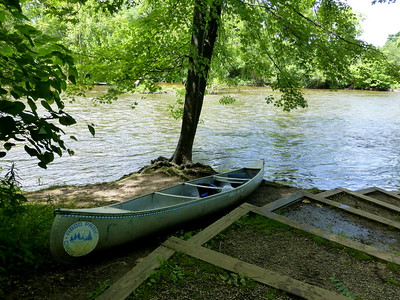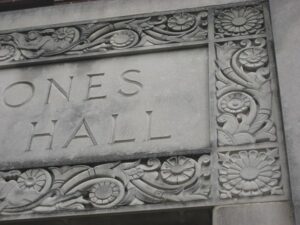Yesterday, I wrote about the most recent Gordian report on higher education facilities. US higher education institutions have racked up about $112B in neglected maintenance on their facilities. This has occurred and continues to occur because the governing bodies of these institutions have not adopted strict asset protection policies that require the institution’s administration to maintain the facilities.
Not that oversight boards should explicitly have to tell their administrations to take care of the facilities, but apparently they do. Because not being explicit about the need to take care of the facilities has resulted collectively in neglect worth $112B. You would think that if your deliberate inaction results in increased costs to the institutions that number in the millions of dollars (annually) your head would be on a platter. (Fortunately for higher education administrators, that’s not the way this game works.)
That undone maintenance carries credit card-style interest, by the way. The cost of neglecting maintenance at a higher education institution increases its eventual cost by double digits.
Every. Single. Year.
The solution to this is straightforward: tie the Executive’s job security to the maintenance of the facilities through an asset protection policy. “Mr. or Ms. Executive, if you fail to ensure that the institution allocates adequate funding to both ordinary maintenance and capital refreshes on the facilities, you lose your job.” After all, the facilities – if cared for properly – will still be part of the campus in 50 years. The Executive? Not so much.
When the Executive’s job is on the line, the institution will miraculously find the money to perform facilities maintenance as needed, when needed. Eliminating neglected maintenance begins and ends with the oversight body. If the Trustees make asset protection a condition of the President’s employment, they will effectively eliminate neglected maintenance.
Just. Like. That.
Asset protection is long overdue
Asset protection requires sufficient funding to perform both ordinary maintenance and more strategic repairs that extend the life of the building. According to the Gordian report, right now, that costs about $6.76 per square foot. On average, institutions spend about $1.30 per square foot on annual maintenance, and about $3 per square foot on capital expenditures. Unfortunately, to eliminate the maintenance backlog, institutions would have to spend about $2.42 more per square foot on annual maintenance than they do right now if they expect to eliminate their maintenance backlog.
Using those figures, WCC would need to devote $8.11M this year to ordinary maintenance and capital refreshes. It would also have to commit at least that much going forward to eliminate the maintenance backlog and ensure that no such debt arose again. Of that $8.11M, WCC would need to allocate $4.65M to its annual maintenance budget.
That’s a lot more than the $300,000 the WCC administration has set aside for annual maintenance. It also demonstrates just how little the administration values the campus infrastructure that the Washtenaw County taxpayers have invested billions in over the last six decades.
And it explains why the campus can’t avoid dumping raw sewage into the watershed, but somehow has enough money to put 12 Vice Presidents on the payroll.
Photo Credit: Leslee_AtFlickr , via Flickr






























